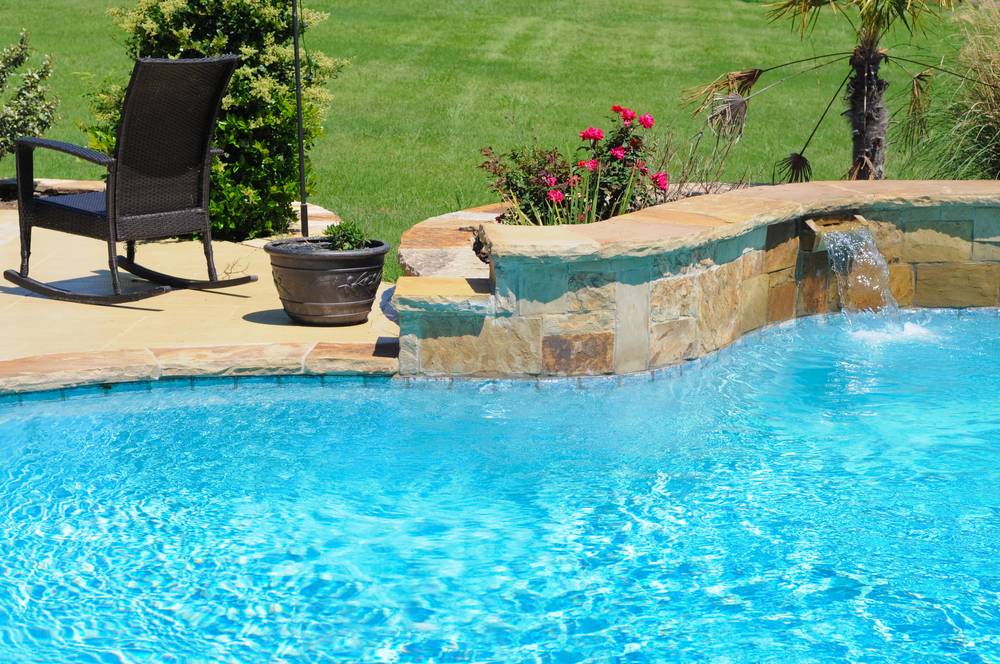Well, not really a new pool, but starting tomorrow we're draining it, then having the coping and tiling replaced, and the surface re-plastered. So basically a new pool since we'll be refilling it with untreated city water from delivery trucks.
So I'm wondering how best to get the water quickly in balance. I'm very familiar with the TFP methods since I've been following it for over 10 years now, but starting fresh is a new thing for me. I'm considering using stabilized shock for initial chlorination, and adjusting pH as needed. I'll grab a sample as it's filling so I know where I'm at with TA and CH and add baking soda and calcium as it's filling.
For CYA, I'm considering just using dichlor or trichlor pucks or sticks and letting CYA gradually rise until I hit around 40. Does that sound like a good idea, or should I just float socks as it fills?
So I'm wondering how best to get the water quickly in balance. I'm very familiar with the TFP methods since I've been following it for over 10 years now, but starting fresh is a new thing for me. I'm considering using stabilized shock for initial chlorination, and adjusting pH as needed. I'll grab a sample as it's filling so I know where I'm at with TA and CH and add baking soda and calcium as it's filling.
For CYA, I'm considering just using dichlor or trichlor pucks or sticks and letting CYA gradually rise until I hit around 40. Does that sound like a good idea, or should I just float socks as it fills?


